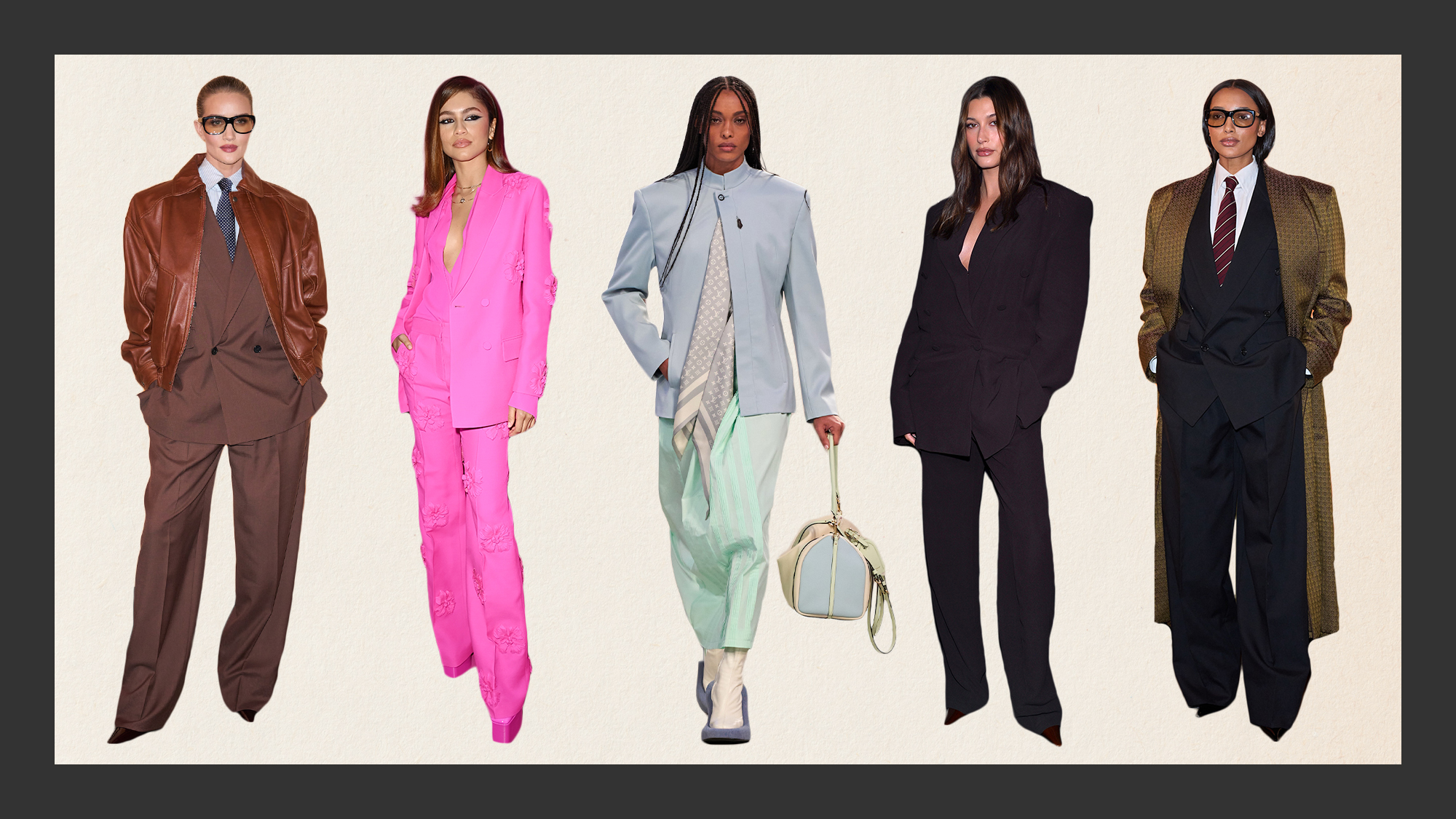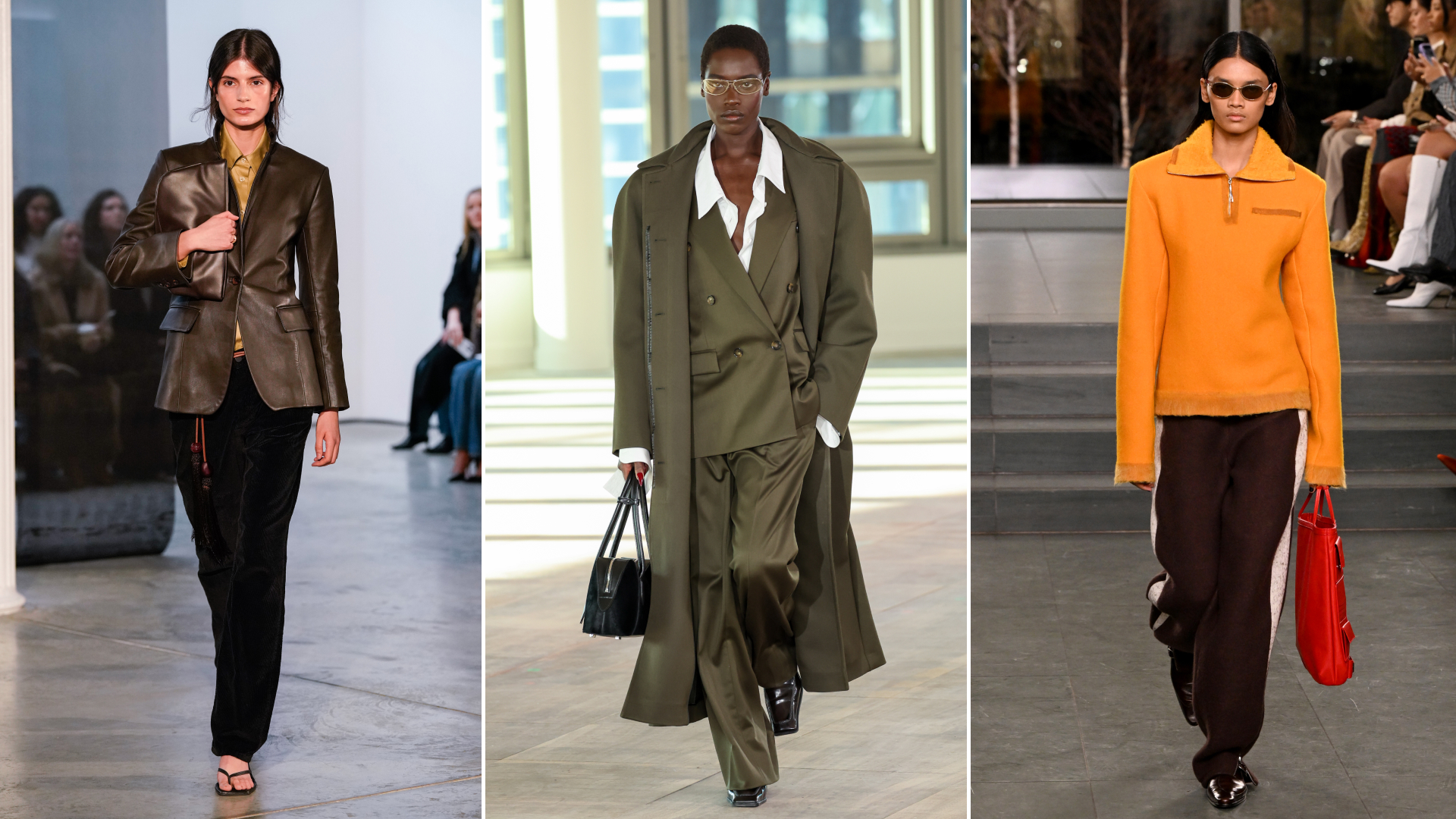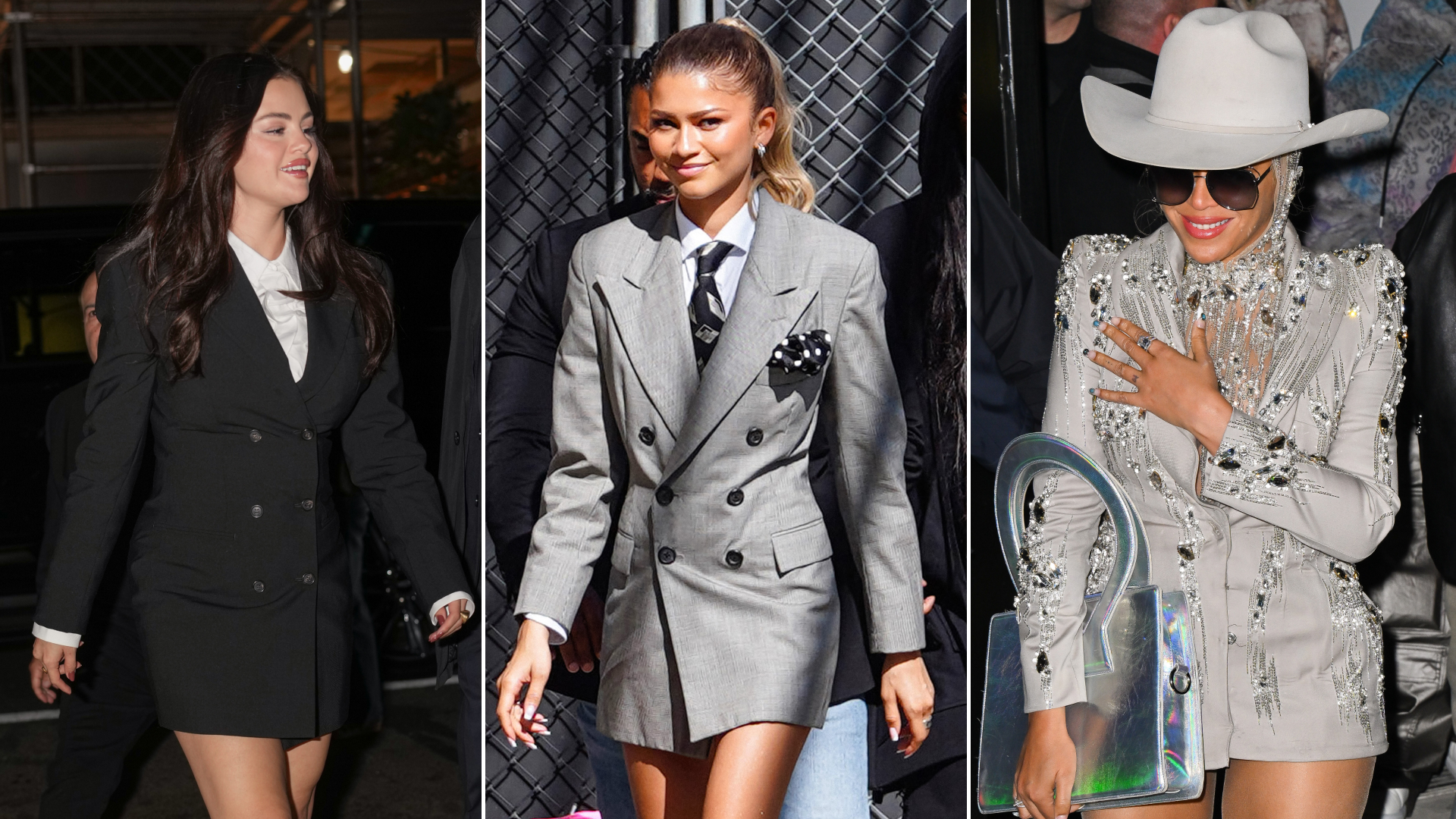The Rule-Breaking Allure of Met Gala Suits
Well before the Met Gala’s vintage dress code dropped, businesswear was in the midst of a style revolution.

For marginalized communities—across race, sexuality, gender, and size—finding an elite uniform made just for them is a radical act. At the 2025 Met Gala, the "Tailored for You" dress code celebrates the legacy of Black Dandyism and suiting explored in this year's upcoming Costume Institute exhibit, "Superfine: Tailoring Black Style."
On the eve of a red carpet likely to be adorned with strong-shouldered blazers and vintage three-piece sets, it’s impossible to overlook another disruption in suiting, this one driven by the female gaze. Women designers and fashion enthusiasts have recently reclaimed tailoring for themselves as a bold assertion of power.
On the runways, female designers are finding ways to take ownership over their tailoring. Instead of borrowing from the boys, these designs are made with a woman in mind. At Tory Burch, hourglass blazers were styled with sporty track pants, while at Kallmeyer, trousers were given a relaxed treatment through sublimely luxe fabrics and an easy attitude. Miuccia Prada's Miu Miu deconstructed femininity through quirky takes on tailoring, toying with a mix of silhouettes from bullet bras to double-breasted coats worn slightly off-the-shoulder.
The throughline that connects these styles, alongside collections by Stella McCartney and Phoebe Philo, is that they’re designed outside of the male gaze. Each take on tailoring is about embracing a sense of self that only a woman can portray.

From left: Modernized suiting as seen at Kallmeyer, Stella McCartney, and Tory Burch.
“Suiting was never made for women,” says Lauren Chan, a model and entrepreneur. “The first women to wear suits were breaking the rules. Part of us knows that when we walk into a space in striking tailoring.”
Where men’s suiting tends to keep things simple—perhaps adjusting a lapel width or a trouser’s rise—for women, the diversity expressed in tailoring (and the ways it can be worn) is a welcome disruption. Sali Christeson, founder of workwear label Argent, focuses on the details that serve women’s needs, whether it be real, functional pockets, no-slip sleeves, or attention-demanding colors. “There’s something inherently empowering, especially in spaces where women are demanding equal respect and opportunity, about putting on a suit that’s made for you and not borrowed from menswear,” she says.
The first women to wear suits were breaking the rules.
Lauren Chan
That theory holds true in non-corporate settings. The classic red carpet look might be a shimmering ball gown, but for both formal events and off-duty dressing, celebrities are also embracing tailoring that feels particularly modern. Look to Zendaya, who has tried everything from a classic double-breasted Ralph Lauren blazer dress complete with a tie to a Barbie pink three-piece Valentino set.
Get exclusive access to fashion and beauty trends, hot-off-the-press celebrity news, and more.
Even while separating the classics of tailoring, women are discovering their own ways to put a spin on things. Hailey Bieber has developed a habit of styling oversized blazers or billowy trousers with casual street-style staples like a white tank or retro sneakers. Others, like Selena Gomez and Beyoncé, are embracing the blazer dress as a late-night alternative. “There are no rules,” stylist and influencer Karen Blanchard says.

From left: Selena Gomez, Zendaya, and Beyoncé have each styled blazers as mini dresses.
Still, the best advocate for a suit is the woman working in a buttoned-up office, where a suit can serve as a kind of armor while also reflecting her personal style. For Christeson, this is the foundation of a wardrobe that can handle the complexities of modern life. “She’s ambitious and constantly juggling multiple responsibilities,” she says of her brand's core customer. The clothes she wears need to reflect that.
Ultimately, Blanchard views her embrace of tailoring—and its overall rise in womenswear—as an opportunity to "reclaim independence in a world where we are too often overlooked." Though it served as a punchline in an episode of The Office, perhaps the next step forward is to see men reach across the aisle and embrace the joy of women’s suiting, too.
Aemilia Madden is a freelance writer and brand consultant with over a decade of experience in the fashion industry. She’s written features for publications including Vogue, Harper’s Bazaar, Elle, The Cut, and The Wall Street Journal. She also writes a newsletter called Taeste Bud, a deep dive into taste—considered personally, universally, and not too seriously. Before going freelance, Aemilia was most recently senior editor at The Zoe Report.